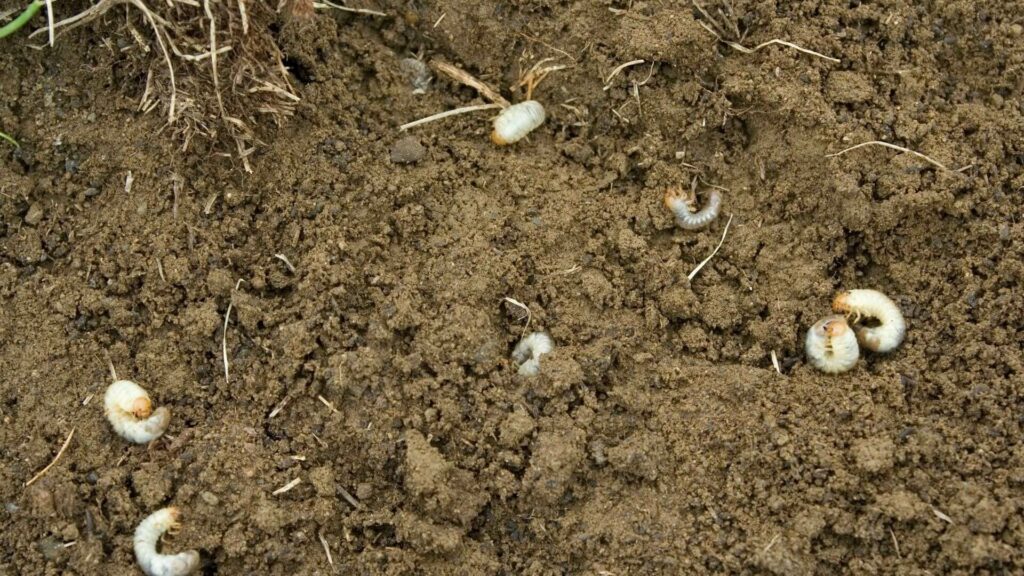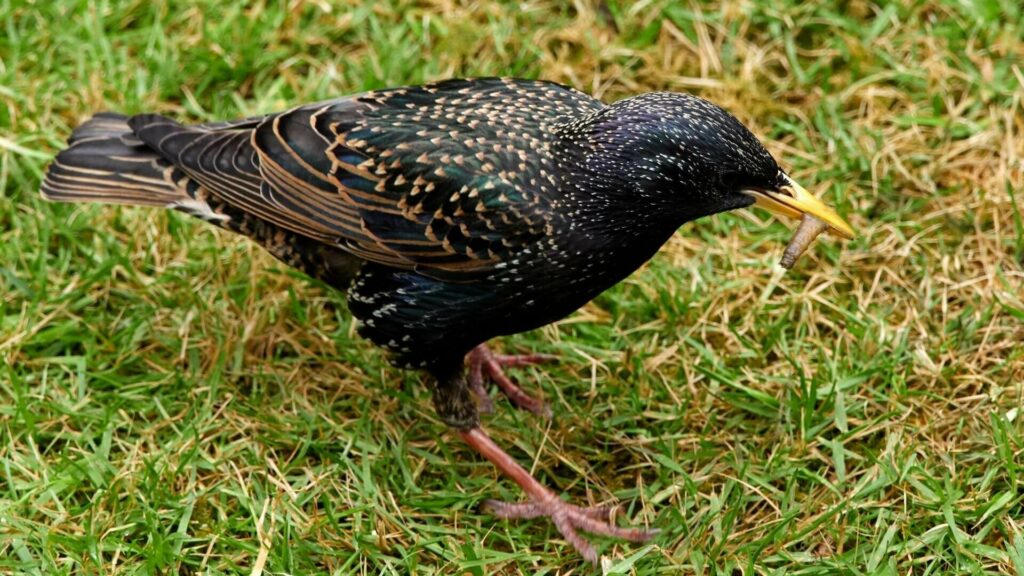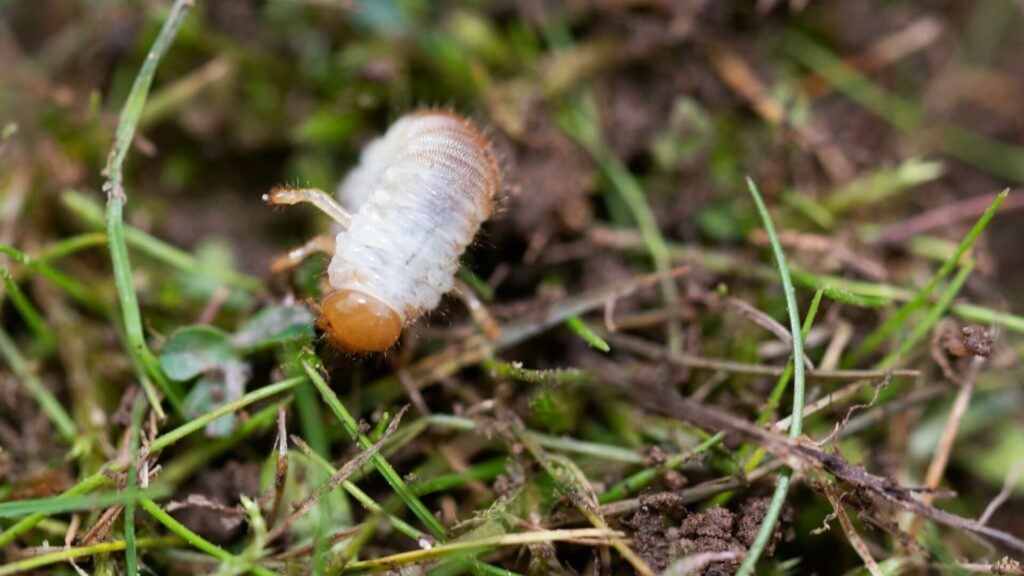It’s important to know how to identify a grub control problem and it’s also crucial in having a healthy lawn this 2022 season. Your lawn’s health, attractiveness, and natural defenses can all be seriously compromised if you have a white grub infestation. The roots of your grass can be attacked by white grubs below the soil, and even in small numbers, these grub worms can do substantial damage over time. As soon as you uncover three or more of these grubs in a small area, it’s typically an indicator that you have a lot more looming and are losing the war against these pests in your yard.
In this article, we will help you identify lawn grubs and some of the tell-tale signs of a grub infestation.
What Are Lawn Grubs And How Can I Identify Them?
 Grubs (also known as lawn grubs or white grubs) coil into a C-shape when they are disturbed. Worms like the grub worm are at the larval stage of several scarab beetle species. This includes Oriental beetles as well as chafers and June bugs.
Grubs (also known as lawn grubs or white grubs) coil into a C-shape when they are disturbed. Worms like the grub worm are at the larval stage of several scarab beetle species. This includes Oriental beetles as well as chafers and June bugs.
A few inches below the soil’s surface is where you’ll discover lawn grubs while they’re active. In preparation for the onset of winter, they’ll bury themselves deeper, between 4 and 8 inches below the surface. Grubs feed on the roots of the grass, which is how they usually cause havoc to your lawn. They’ll eventually turn into beetles and feed on flowers and other vegetation as they grow. The female beetles will deposit their eggs on the lawn, and those eggs are hatched by the summer heat, which will release the developed grubs.
The grubs will begin to eat in the spring, turning into beetles, and those beetles will then drop their larvae back into the lawn, with the larvae continuing to feed on the roots into the fall – it’s a continuous cycle. It’s also at this point that they really do the most damage over time. Inactive in the fall and winter, they reawaken in the spring and resume eating. This is the typical life cycle of most scarab beetles.
Signs of Grub Problems
There are a few telltale indicators that you could have grubs within your lawn:

-
Your yard is being torn up by raccoons, skunks, or birds. Large, adult grubs are a favorite food for these critters.
-
Dead areas on your lawn can be pulled back like loose carpet. Grubs devour the roots that keep the turf in place on the ground, causing it to lose its grip on the surface of the soil.
-
Your lawn feels spongy when you walk on it, even before you see signs of dead patches.
Remove a square foot of green turf from different spots on your lawn to see whether you have a grub infestation or not. If there are at least three grubs in any one spot, it’s probably time to take action.
How Do I Get Rid of Grubs On My Lawn?
 Our standard grub control programs offer preventative grub control protection for your lawn. We use an insecticide that kills grub larvae which are applied as part of our cost-effective lawn grub management process. It’s not uncommon for grub infestations to go undiscovered, which can cause extensive lawn damage quickly. In the case of an active adult grub infestation, a curative grub control solution that targets adult grubs feeding on your lawn’s roots would be appropriate. Turfcor can assess this on the initial consultation.
Our standard grub control programs offer preventative grub control protection for your lawn. We use an insecticide that kills grub larvae which are applied as part of our cost-effective lawn grub management process. It’s not uncommon for grub infestations to go undiscovered, which can cause extensive lawn damage quickly. In the case of an active adult grub infestation, a curative grub control solution that targets adult grubs feeding on your lawn’s roots would be appropriate. Turfcor can assess this on the initial consultation.
To assist you in restoring any damaged areas to your lawn, we provide a variety of turf care services. Plus, our lawn care services are tailored to your soil and lawn’s specific needs. Turfcor Lawn and Tree Care can provide overseeding, soil amendments, core aeration, surface insect control, pH balancing, and other lawn care services in addition to preventive grub management.
Contact us today to see how we can help!